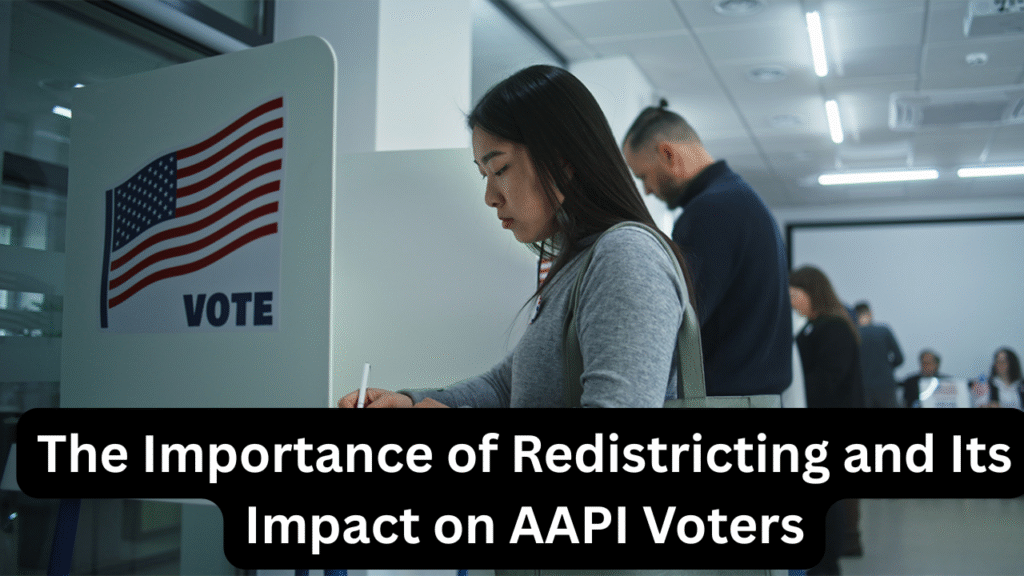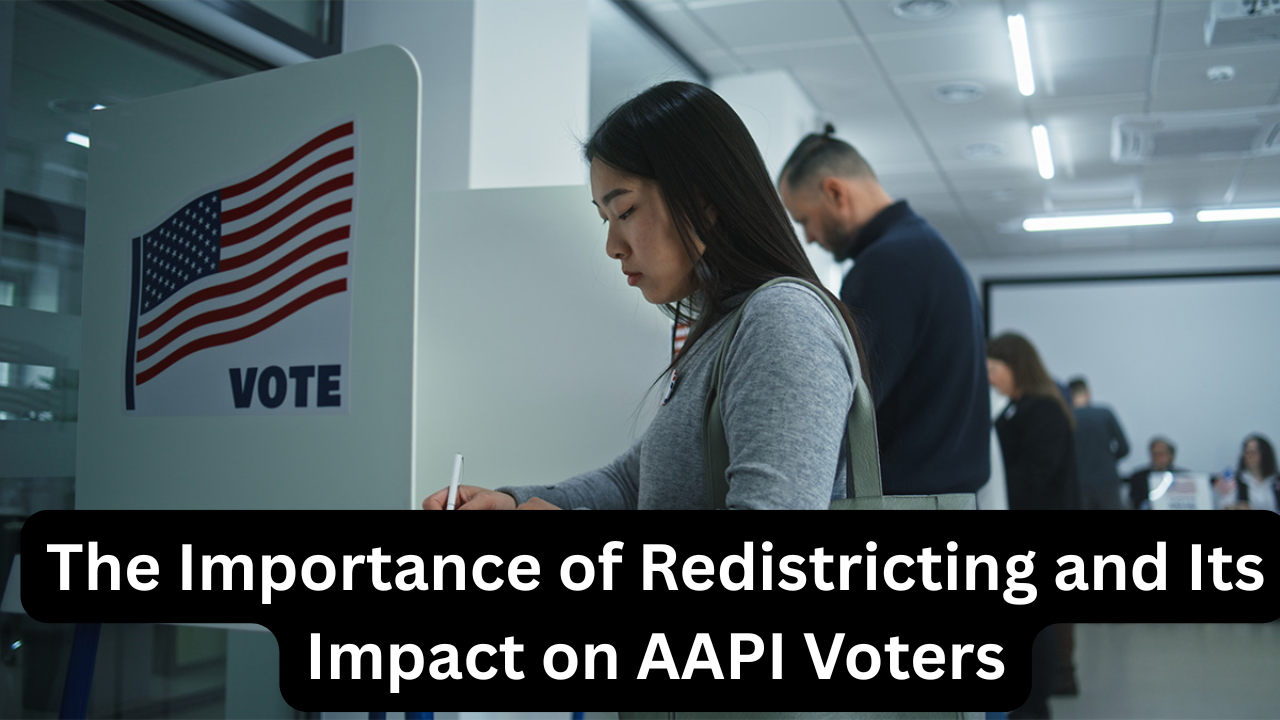
Redistricting is a fundamental process that shapes political representation in the United States. It determines how electoral district boundaries are drawn, influencing which communities have a voice in government. For Asian American and Pacific Islander (AAPI) voters, redistricting holds particular significance because it can either enhance or dilute their political power. This article explores why redistricting matters, how it impacts AAPI voters, and the broader implications for equitable representation.
What Is Redistricting?
Redistricting is the redrawing of legislative and congressional district boundaries, typically occurring every ten years following the U.S. Census. The goal is to reflect changes in population and ensure districts have roughly equal numbers of residents. This maintains the constitutional principle of “one person, one vote.”
However, redistricting is not simply a technical exercise—it is a political process that can affect electoral outcomes and the representation of various communities.
Why Redistricting Matters
- Political Representation
District boundaries determine which voters elect which representatives. How lines are drawn can either concentrate a community’s voting strength or scatter voters across multiple districts, weakening their influence. - Community Interests
Effective representation often depends on keeping communities with shared interests and identities within the same district, so their needs and voices can be addressed collectively. - Fairness and Equity
Redistricting can either promote fair representation or be manipulated through gerrymandering—drawing districts to favor one party or group at the expense of others.
Impact of Redistricting on AAPI Voters
The AAPI population is diverse and rapidly growing, making redistricting especially consequential:
- Population Growth and Dispersion
Many AAPI communities are expanding in metropolitan and suburban areas. How districts are drawn can either cluster AAPI voters to create influence or divide them, reducing political power. - Risk of Vote Dilution
When AAPI voters are split across multiple districts, their ability to elect candidates who represent their interests is diminished, a practice sometimes used to marginalize minority voters. - Opportunities for Representation
Well-drawn districts that consider AAPI communities can help elect AAPI candidates and ensure that policies address specific cultural, economic, and social needs.
Challenges Faced by AAPI Communities in Redistricting
- Language Barriers and Access
AAPI voters with limited English proficiency may find it harder to engage in redistricting discussions and advocacy efforts. - Diverse Interests Within AAPI Groups
The AAPI community includes many ethnicities with different priorities, making it challenging to unify around a single redistricting goal. - Political Marginalization
Without active participation, AAPI voices may be overlooked during redistricting, leading to less favorable boundaries.
How to Advocate for Fair Redistricting
- Community Engagement
Attend public hearings and submit comments during redistricting processes. Staying informed and involved is key. - Coalition Building
Collaborate with other minority and advocacy groups to amplify shared interests and push for fair maps. - Data and Research
Utilize census data and mapping technology to make evidence-based arguments for districts that respect community boundaries.
Overview Table: Redistricting and AAPI Voters
| Aspect | Description | Impact on AAPI Voters | Advocacy Tips |
|---|---|---|---|
| Redistricting Process | Redrawing districts every 10 years post-census | Shapes political representation | Participate in hearings, stay informed |
| Population Growth | Increasing AAPI population in diverse areas | Potential for stronger or diluted voting power | Use demographic data to argue fair maps |
| Vote Dilution Risks | Splitting communities to weaken voting influence | Reduces ability to elect preferred candidates | Build coalitions for unified advocacy |
| Language and Access Barriers | Limited English access hinders engagement | Marginalizes AAPI voices | Provide multilingual outreach and resources |
| Community Diversity | Varied interests within AAPI communities | Challenges in unified representation | Foster inclusive dialogues |
FAQs
Q1: How often does redistricting occur in Ohio?
Redistricting happens every 10 years, following the release of new census data.
Q2: What is vote dilution, and why does it matter to AAPI voters?
Vote dilution occurs when a community’s voting strength is divided across districts, weakening their political influence.
Q3: How can AAPI communities participate in the redistricting process?
By attending public meetings, submitting comments, forming coalitions, and using data to advocate for fair district lines.

